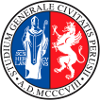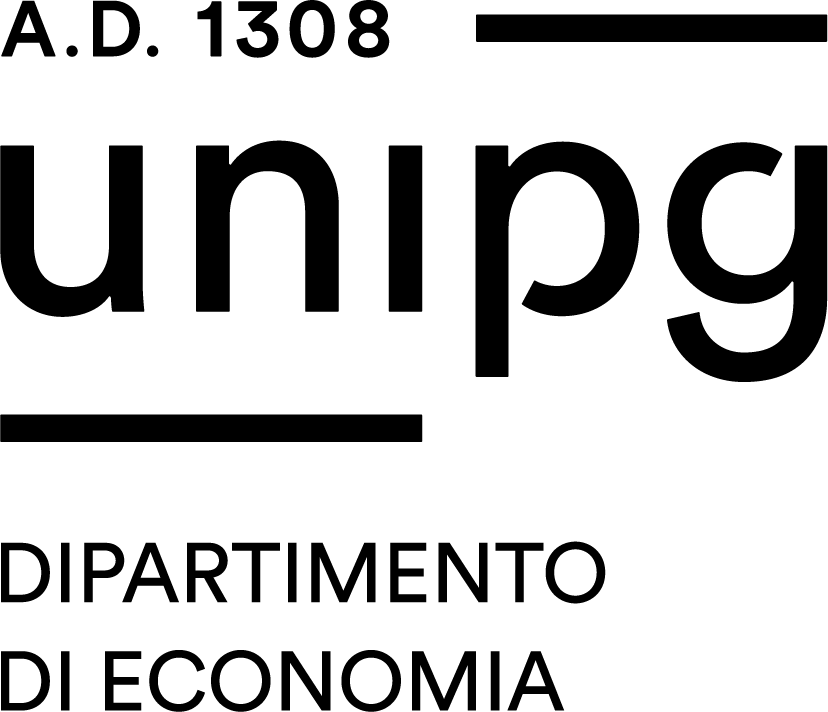| Course name |
Biological sciences |
|---|
| Study-unit Code |
55077608 |
|---|
| Curriculum |
Comune a tutti i curricula |
|---|
| Lecturer |
Danika Di Giacomo |
|---|
| Lecturers |
|
|---|
| Hours |
- 56 ore - Danika Di Giacomo
|
|---|
| CFU |
8 |
|---|
| Course Regulation |
Coorte 2023 |
|---|
| Supplied |
2025/26 |
|---|
| Supplied other course regulation |
|
|---|
| Learning activities |
Caratterizzante |
|---|
| Area |
Discipline biomolecolari |
|---|
| Sector |
BIO/11 |
|---|
| Type of study-unit |
Obbligatorio (Required) |
|---|
| Type of learning activities |
Attività formativa monodisciplinare |
|---|
| Language of instruction |
Italian |
|---|
| Contents |
The course aims to explain, at a molecular level, to students the main elements of the flow of genetic information from genes to proteins. It will cover the molecular aspects of the processes involved in preserving genetic information (DNA replication and repair) and genome expression (transcription and transcriptional regulation, translation and translational regulation). The course also aims to explain the methodologies of recombinant DNA, cloning, and major molecular biology techniques. |
|---|
| Reference texts |
.D. Watson, T.A. Baker,S.P.Bell, A.G.Gann, M. Levine, R. Losick: Biologia Molecolare del Gene. 8a Zanichelli J. Zlatanova, KE van Holde. Biologia Molecolare. Struttua e dinamica di genomi e proteomi. Zanichelli T.A. Brown. Biotecnologie Molecolari. Principi e tecniche. Zanichelli G. Capranico, E. Martegani, G. Musci, G. Raugei, T. Russo, N. Zambrano, V. Zappavigna, Biologia Molecolare, EDISES |
|---|
| Educational objectives |
The students will analyze the structure of nucleic acids and proteins. Subsequently, they will delve into the mechanisms of DNA replication, repair, transcription, and translation in prokaryotes and eukaryotes, as well as regulation in both prokaryotes and eukaryotes. The goal is to understand gene expression at the molecular level and comprehend the structure/function relationship of nucleic acids and proteins. Molecular biology techniques will be examined as necessary to understand the essential concepts of the course. The main acquired knowledge will include: -The structure/function relationship of nucleic acids (DNA, RNA) and proteins -Interactions between nucleic acids and proteins -Processes involved in genome maintenance: DNA replication, initiation and termination of replication in both prokaryotes and eukaryotes -The role of DNA repair in genome maintenance. Mechanisms of DNA damage repair -The molecular mechanism of transcription in prokaryotes and eukaryotes -Regulatory and constitutive aspects of transcription, both in prokaryotes and eukaryotes -mRNA maturation in eukaryotes -The molecular mechanism of translation in prokaryotes and eukaryotes -Regulatory and constitutive aspects of translation, both in prokaryotes and eukaryotes -The concept of recombinant DNA and basic tools for DNA manipulation: restriction enzymes and plasmid vectors The main skills will be: - To recognize the structural and regulatory relevance of sequences involved in replication, transcription and translation; - To design a simple experiment of molecular cloning into plasmid vectors using restriction enzymes |
|---|
| Prerequisites |
The course requires as prerequisites basic knowledge of the organization of eukaryotic and prokaryotic cells (General Biology), the structure/function relationship of the main classes of biomolecules/enzymes (Biochemistry), chemical bonds, and reactions in an aqueous environment (Inorganic Chemistry). |
|---|
| Teaching methods |
The course is based on i) lessons with slides, ii) videos on specific lesson topics to improve the structural understanding of micromole mechanism of action, iii) test with multiple choice and open questions on course topics, iv) simulation of the written test. |
|---|
| Other information |
Per il calendario delle attività didattiche (date, e orari delle lezioni, aula) consultare il sito web del corso di laurea in Biotecnologie presso dcbb.unipg.it |
|---|
| Learning verification modality |
The final examination will consist in a written test on all topics (90 min, 40 questions with multiple answers) to assess the basic comprehension of the course topics and an oral examination for students with a sufficient evaluation in it (18/30), in order to discuss the critical points emerged. Students that will not reach a sufficient evaluation in the written part (18/30) may discuss the critical points with the teacher by appointment Should exam face-to-face not allowed, final examination will be carried out via an online platform according to the decision of the University Students with disabilities or DSA may consult the webpage www.unipg.it/disabilita-e-dsa |
|---|
| Extended program |
DNA structure; nucleotides and double helix stability. A, B and Z isomers. The G-quadruplex. DNA denaturation kinetics and topology. RNA structure. Structure and function of DNA and RNA binding proteins. DNA organization within eukaryotic nuclei; euchromatin and heterochromatin Nucleosomes and post-translational modification of histones DNA replication: DNA polymerase structure and the replicative fork organization DNA replication initiation in prokaryotes and eukaryotes Mutations and mutagens Replication-associated DNA repair (MMR), and post-replicative DNA repair (BER e NER) Double strand break repair; homologous recombination Cell cycle and DNA damage global response The transcription in prokaryotes: promoter and RNA polymerase structure, formation of initiation and elongation complexes. The termination of transcription. The transcription of eukaryotes: the structure of RNA polymerases I, II, III and of their promoters mRNA maturation and splicing, tRNA and rRNA processing Protein synthesis; ribosome and tRNA structure, the formation of the initiation, elongation and termination complexes in prokaryotes and eukaryotes The genetic code and the loading of aminoacid on tRNA by aminoacyl-tRNA synthetase The regulation of transcription in prokaryotes: constitutive and regulative control. Examples of regulative control: the structure of lactose and tryptophan operons The regulation of transcription in eukaryotes: DNA binding domains in transcription factors, prossimal and distal (enhancers and silencers) transcriptional regulatory elements. Epigenetic regulation of transcription. |
|---|


